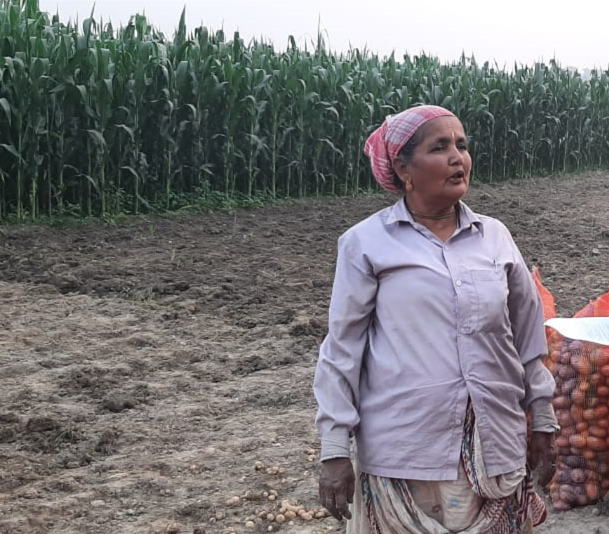Organic Energy
Organic energy – Role in Efficient Watershed Management
The efficient Management of Organic waste is the must for successful Watershed Management. When we talk about Sustainability then Organic energy has prime role to play. Simply, it will not be wise to think of Sustainability without considering the Organic energy.
Electric, Thermal and Mechanical are all sorts of energy that is required for day today work in both Rural and urban areas.
Scope of Organic energy in Watershed Villages
1.The availability of Organic raw materials enhance the scope of production and utilization of organic energy.
2.Also, making arrangements for Electric, Thermal and Mechanical energy in remote areas from cities is not an easy task .It is costly too. The energy requirements can better and efficiently be fulfill through organic energy.
Types of Bio mass
Bio mass are of 2 types:-

1. Wet biomass ex- Cow dung, food waste, green leaf
2. Dry biomass ex- Wheat Straw ,tree bark, branches etc
Utilization of Biomass
1. Wet biomass is used in Biogas Programme
2. The Dry biomass is used in Bio mass gasification programme.
Process of Bio mass utilization
Wet Biomass
The Wet bio gas is of 2 types (Cow dung, food waste, green leaf)
1.The Cow dung ,green waste etc is placed in Bio gas plant.
2.Water is filled in the tank in such a way that the contents get fully immersed in the water.

3.Stir the whole material in the bio gas plant and close the lid of the Plant.
4.Anaerobic digestion through microorganism like bacteria will produce bio gas.
Dry biomass
- When crop is harvested ,then all the left dry biomass in the field are collected.
- All these matter that is dry and don’t have moisture are burn in gasifier.
- The Gasifier will generate the steam in boiler.
- The steam as produced in the process will run the turbine to generate electricity.
Apart from it, mechanical & Thermal energy can also be generated. This energy can be used in Village itself and no electricity from external source will be needed .Also any extra electricity that is unused can be connected to grid. This way the villagers will get profit after selling electricity through grid.
How Biogas is helpful in watershed Villages
-
Individual Bio gas plant
Individual bio gas plant can be Constructed in Village. However, 2-3 animals is must to start a bio gas plant. The capacity/size of Bio gas plant depends on quantity of available Cow dung
- 1m3 gobar gas requires 25kg Cow dung
- 2m3 gobar gas requires 50 kg Cow dung
- 3m3 gobar gas requires 75 kg Cow dung
2. Community Bio gas plant
Community Bio gas plants are more advantageous. There is scope for more availability of Cow dung/Biomass in Community bio gas plant . All the Village community people in a watershed area can collect the Cow dung / waste biomass and can go for construction of big capacity Bio gas plant.

a)Community Kitchen
A Community kitchen can be developed for 30 people by constructing a gobar gas plant of 6m3. This will require 150kg Cow dung /day. The generated bio gas can be collected and can be made available to individual kitchens in the Village through pipes.
b)Conversion of Diesel engine in to Bio gas engine
This way with big capacity Bio gas plant can be run to generate more energy. This will help to run 25 w generator for producing electricity requiring 12.5qt Cow dung/day. So, near about 50 animals should be available for the availability of raw material to run the plant . A bio gas plant of 50m3 capacity is require to run 25KW generator .This way the bio gas can be used in electricity production. The electricity so produced can be utilized in Water pumping. Diesel engine /pump for water lifting can be converted in bio gas engine.
Effectiveness of Bio energy in Watershed Management
- In Watershed Management, the Use of bio energy provides an opportunity for efficient utilization of readily available bio mass and Cow dung especially in Villages of a watershed area.
- The energy generated through biomass and Cow dung helps in providing sustainability to project interventions.
- The Bio gas compost/slurry collected in biogas production is very nutritive .It contains all the macro and micro nutrients required by the plant for growth and development. Hence ,It reduces the dependency on synthetic fertilizer &cut down the input cost.
- Bio energy addresses the issues like global warming and climate change to a large extent This way helps in efficient Watershed Management.




